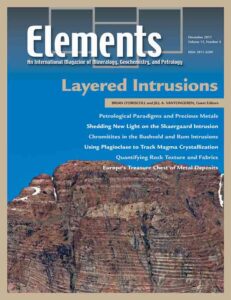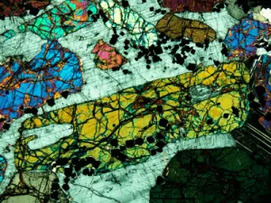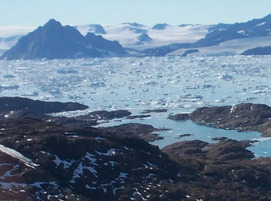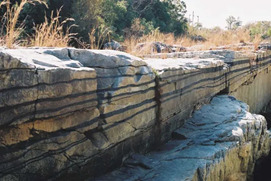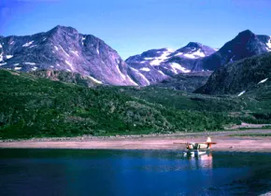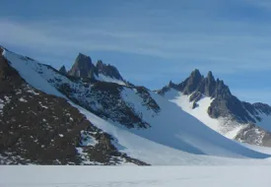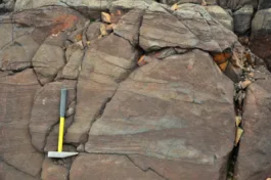Layered Intrusions
Brian O’Driscoll and Jill A. VanTongeren – Guest Editors
Table of Contents
For more than 50 years, layered mafic-ultramafic intrusions have served as natural laboratories for studying magma chamber processes and magmatic differentiation. Further enhancing our understanding of layered intrusion formation will yield valuable insights into the solidification of magmatic systems, the formation of precious metal deposits, and the timescales over which substantial crust-forming episodes occur. This issue of Elements offers an overview of the current state-of-the art in the petrology of layered intrusions and a looks forward to the future challenges in the field.
Analab
Australian Scientific Instruments (ASI)
CAMECA
Crystal Maker
Elemental Scientific, Inc.
Excalibur Mineral Corporation
International Mineralogical Association
IsotopX
PANalytical
ProtoXRD
Savillex
Selfrag
Volume 14, Number 1 (February) • Luminescence Dating: Reconstructing Earth’s Recent History
GUEST EDITORS: Rachel K. Smedley (Keele University, UK) and Ann G. Whitle (University of Cambridge and Aberystwyth University, UK)
Luminescence dating is a geochronological tool used to determine the timing of sediment burial, pottery firing, mountain evolution, mineral formation and the exertion of pressure. The luminescence dating technique covers a large age range from modern-day to hundreds of thousands of years using conventional methods, or even up to millions of years according to recent developments. The technique is inherently holistic, drawing upon disciplines such as physics (quantum mechanics), mineralogy (grain structure and composition), geochemistry (natural radioactivity), archaeology and Earth sciences. This issue brings together contributions on new and innovative luminescence dating methods and the latest findings related to Earth-surface processes and human existence.
- Telling the Time with Dust, Sand and Rocks
Rachel K. Smedley (Keele University, UK) - Modelling Particle–Matter Interactions: The Missing Link
Guillaume Guerin (Université Bordeaux Montaigne, France) - Dates and Rates of Earth-surface Processes
Tammy M. Rittenour (Utah State University, USA) - Timelines for Human Evolution and Dispersals
Richard G. Roberts and Zenobia Jacobs (University of Wollongong, Australia) - Seeing Snails in a New Light
Geoff A.T. Duller and Helen M. Roberts (Aberystwyth University, UK) - Mountain Evolution, Climate and Tectonics
Frédéric Herman (University of Lausanne, Switzerland) and Georgina E. King (University of Bern, Switzerland)
- How Volcanoes Work (February 2017)
- Sulfides (April 2017)
- Rock and Mineral Coatings: Records of Climate Change, Pollution, and Life (June 2017)
- Boron: Light and Lively (August 2017)
- Mineral Resources and Sustainable Development (October 2017)
- Layered Intrusions: Natural Laboratories for Magma Chamber Processes (December 2017)



